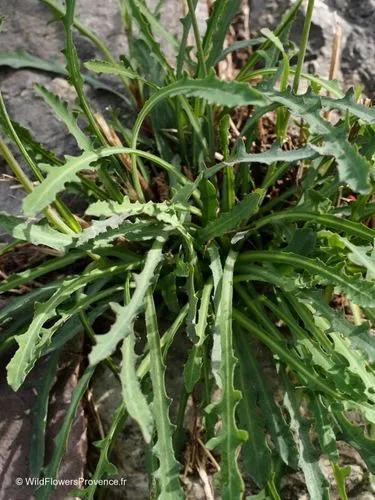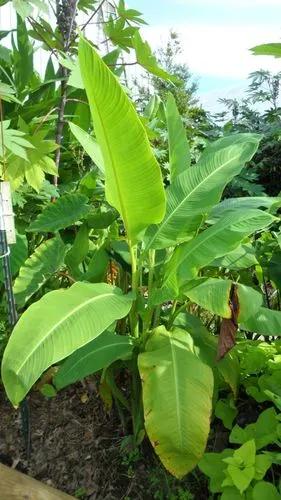Sticky Mouse-Ear Chickweed is a common annual weed with various names, and it's known to be troublesome in lawns and gardens. This species is native to Europe but has become widespread globally. It can act as a perennial or winter annual, germinating in late summer to spring, making it a persistent weed in turfgrass and mowed areas.
Sticky Mouse-Ear Chickweed Care
Cerastium glomeratum



Sticky Mouse-Ear Chickweed (Cerastium glomeratum), an annual weed in the pink family, has an erect habit with hairy leaves and stems, giving it a grayish look. It thrives in various soils, from sun to partial shade, and prefers well-drained, moist to dry sites. This herb has a slender taproot and can reach up to 18 inches (45 cm) in height, with glandular and non-glandular hairs.
How to Care for the Plant

Fun fact

While its basal leaves typically wither before flowering, it was historically used for various remedies, including relieving headaches and nosebleeds, and as a food source in China and Nepal.

Popularity

264 people already have this plant 21 people have added this plant to their wishlists
Discover more plants with the list below
Popular articles






